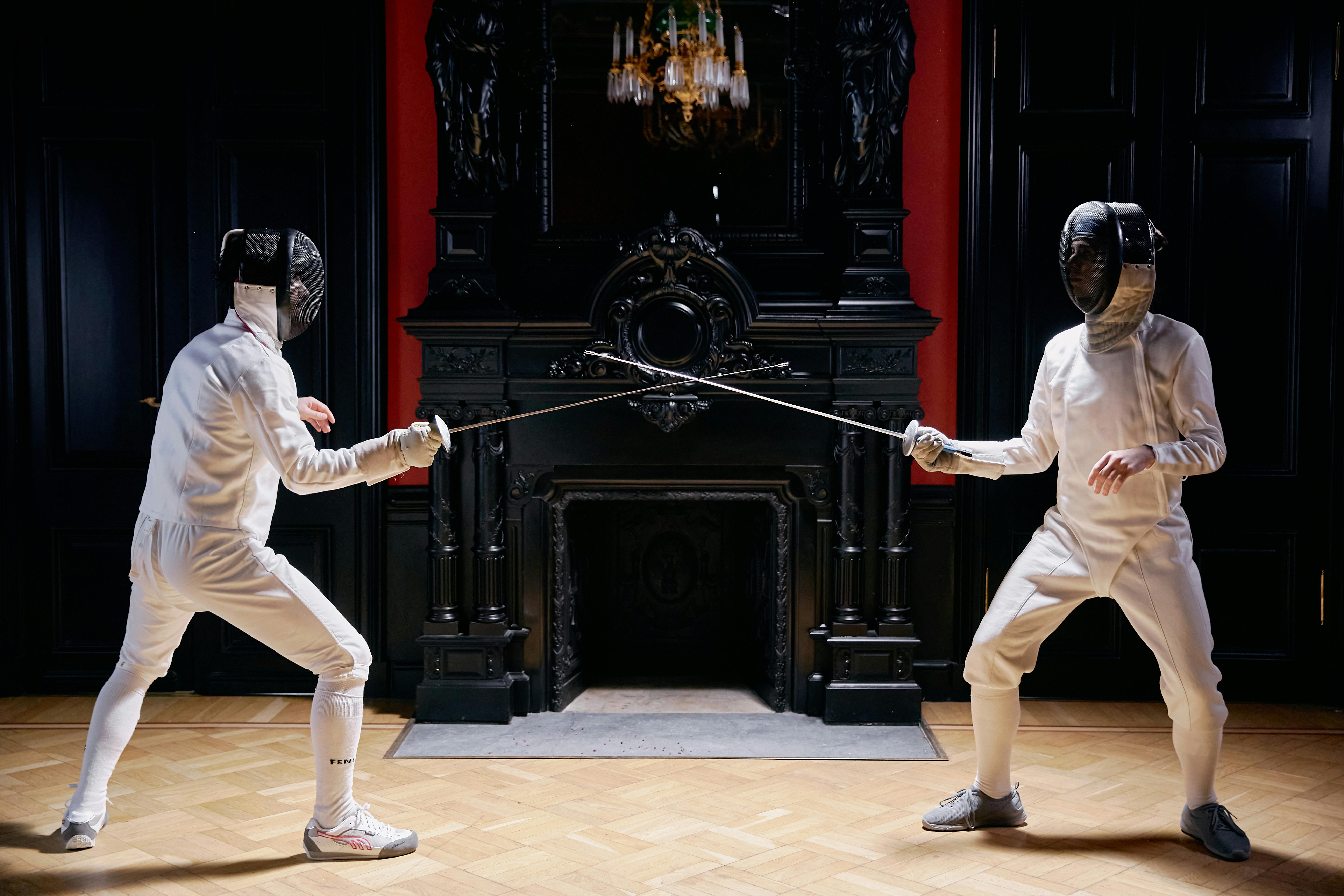
Monet’s Water Lilies: The Healing of a Nation
admin
- 0
In the summer of 1918, Claude Monet, the great French Impressionist, was facing disaster. In the distance, the 78-year-old artist could hear the guns of the German army, signaling the advance of the enemy. World War I was in its fourth year and it was becoming increasingly likely that German soldiers could be on Monet’s beloved estate at any moment. The paradise he had created over the past thirty years near the French town of Giverny. In the center of it, the miraculous water lily pond that was perhaps more important to Monet than his own life.
Because Monet had refused to leave his home in Giverny, even when most of his family left it back in 1914, at the start of the conflict. As he wrote to a friend, Gustave Geoffroy, “Many members of my family have left…a mad panic has gripped this whole area…as for me, I will stay here, anyway…in in the middle of my canvases, in front of the work of my life”. (1)
Giverny had always been close to the war zone, close to some of the heaviest fighting of the war, but Monet had stayed. Demonstrating the stubbornness and determination that enabled her to help found the new art movement of Impressionism in the early days of his artistic career. However, as the war continued, inflicting an unprecedented level of death and destruction, Monet was inspired by a greater cause than he had ever known before: to heal the people of it. To paint a vision of beauty that would restore the spirit of her fellow Frenchmen after the debacle was over. A cycle of water lilies that would cover the walls of a large room and, according to Monet, in an interview for an art magazine, would offer “a haven of peaceful meditation in the center of a blooming aquarium”.(2)
In 1918, Monet had already created twelve murals of water lilies which he called Great Decorations. Measuring over six feet tall and nearly fourteen feet wide each, they dominated the space of his new study. An achievement that probably would not be possible without the support of the Prime Minister of France, Georges Clemenceau, who was also a long-time friend of the artist. Because Clemenceau believed just as fervently in Monet’s mission, even at times allowing materials for his friend’s study to take precedence over the transport of military supplies.
Now, as the Germans seemed to be winning, all would be lost. “I don’t have much time left to live and I must devote all my time to painting in the hope of arriving at something that is good, or that satisfies me if that is possible”, (3) he told Georges Bernheim Jeune, one of the their collectors. But, after a counter-offensive by France and its allies in September, the course of the war suddenly changed and Monet’s country was saved.
Clemenceau visited Monet on November 12, 1918, the day after the signing of the armistice, when the painter dedicated two works of art to the state of France. But the artist and statesman had greater ambitions: the Grand Decorations would represent Monet’s ultimate gift to his nation. As the leader of France, Clemenceau would use his influence and power to transform the Grand Decorations into a national monument.
However, it would take almost another decade to achieve this dream. First, Clemenceau was removed from his position in 1920, which inevitably slowed down the project, especially the funding. Negotiations then stalled regarding the location of the Grand Decorations, which was not decided until 1922, when the Orangerie (once the conservatory of the French kings), next to the Louvre, was chosen as the final site. Next, the number of water lily panels was increased, from the initial twelve to nineteen (and finally to twenty-two).
Undaunted, Monet, at the age of 81, agreed to this enormous undertaking that would absorb the last years of his life, until his death in 1926. Yet it almost never happened. Because Monet had to face another war: the battle for his sight.
In 1924, Monet had to undergo three cataract operations on his right eye, in which he was legally blind. (His left eye with only ten percent vision remained intact.) Although surgery, which remains a difficult and often excruciating procedure, restored much of his sight in that eye, Monet’s color perception was distorted for more than a year. During this period, he saw everything in blue and could no longer perceive red or yellow.
With the help of special tinted lenses, Monet persevered, eventually completing his Grand Decorations, just months before he died of lung cancer.
Today, Monet’s “peaceful meditation” haven at the Musée de L’Orangerie in central Paris attracts millions of visitors. Where the individual viewer, surrounded on all sides by the spacious murals of endless water lilies, floating in dreamy colors, can escape the tumult of the outside world. Time no longer matters and the pressures of each day disappear. One can finally relax and revitalize within Monet’s painted universe.
Because, ultimately, the Grandes Décors is a place of healing, not only for the French people, but for the world.
To see highlights of the water lily panels from the Great Decorations and other Monet masterpieces, visit http://www.artseverydayliving.com To discover more about Monet and how to incorporate his vision into your own life, read Through the eyes of an artist: learning to live creatively.
The excerpt from Monet’s letter to Gustave Geoffroy (1) and the quote from Monet’s interview (2) are from Monet by Carla Rachman, while the excerpt from Monet’s letter to Georges Bernheim-Jeune (3) is from claudio Monet: Life Y Art by Paul Hayes Tucker.

